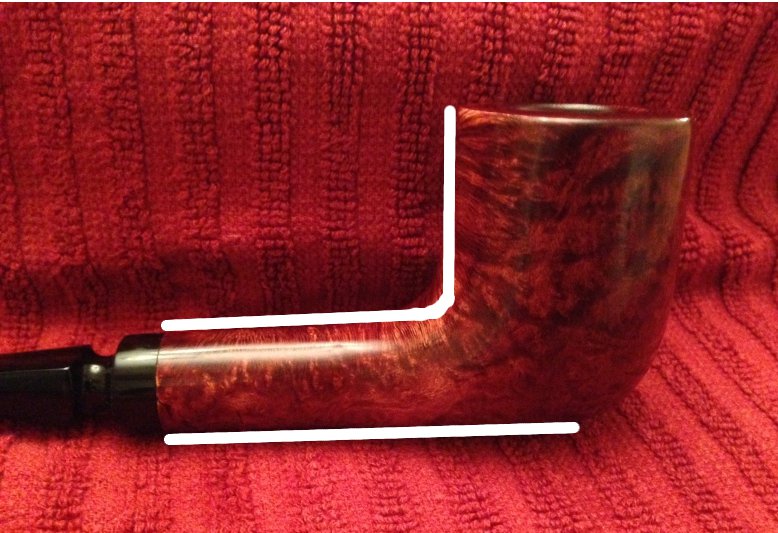The stem-and-shank and bowl-and-bowl/shank-transition are a bit disparate. The shank is really straight and cylindrical, which matches the stem to an extent, and suggests a clean-cut classic shape. The bowl and transition on the other hand are not as clearly defined, and resemble more of a horn. These two things clash.
Here is a good looking traditional dublin:
Note how the cylindrical shank continues right up to the bowl. The transition from bowl to shank takes a few mm. Yours take half the shank, the abruptly changes to a cylinder. This is very apparent form the top view. This also effects how the top of the shank curves up to the back of the bowl. The back of the bowl on the Dunhill above mirrors the front. Yours echoes that curve instead of mirroring.
Here is a nice looking horn (if you cut off the feet, anyway):
There is no clear break between bowl and shank, and it slows with soft, liquid curves into the stem. The back of the bowl echoes the curve rather than mirroring it, but it works in such a flowing shape. There is no abrupt transition from cone to cylinder anywhere. The slight bend of the stem help in this shape.
Your pipe can't decide which of the above it wants to be. Pick which one you're going for, and do it all out. It could turn into the Dunhill if you cut away a lot more wood around the shank/bowl junction:
I think your line on the bottom of the shank might dip a little under the bowl, giving it a hanging chin. I straightened that out a little.
I hope this is helpful. It is not meant to degrade your current pipe and skill, but give you something to do to get even better.
 So here is what I have for that pipe. 7/8" x1 3/4 tobacco chamber.
So here is what I have for that pipe. 7/8" x1 3/4 tobacco chamber.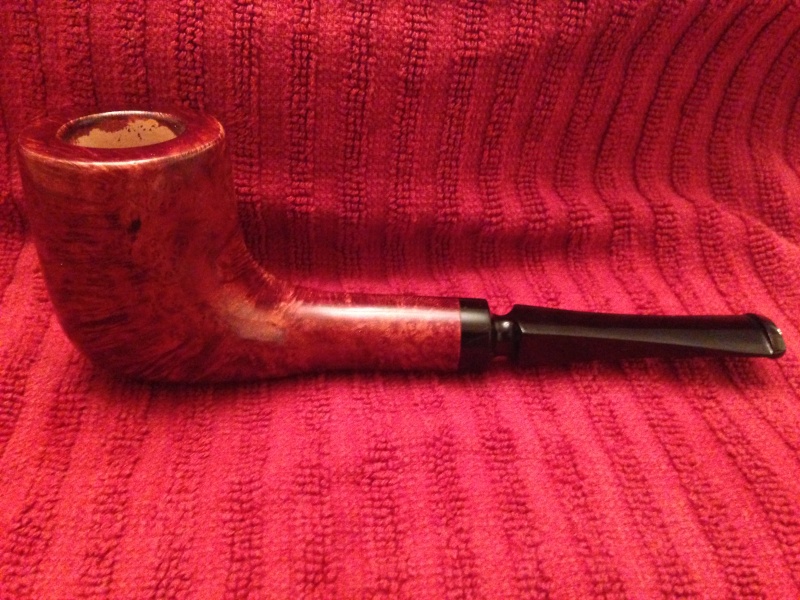
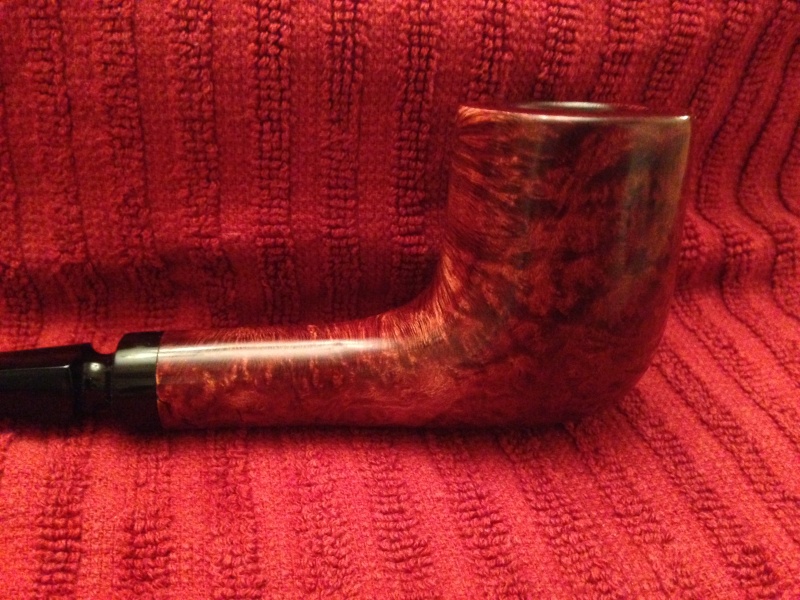
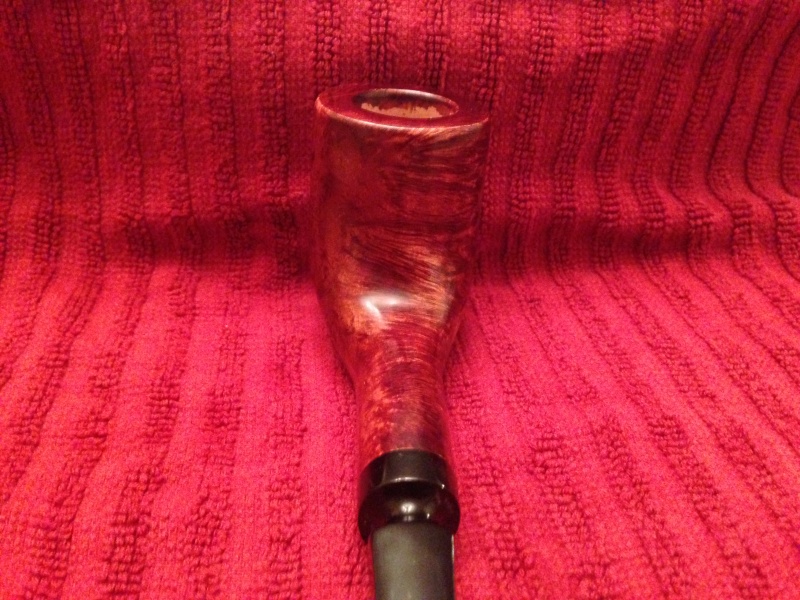
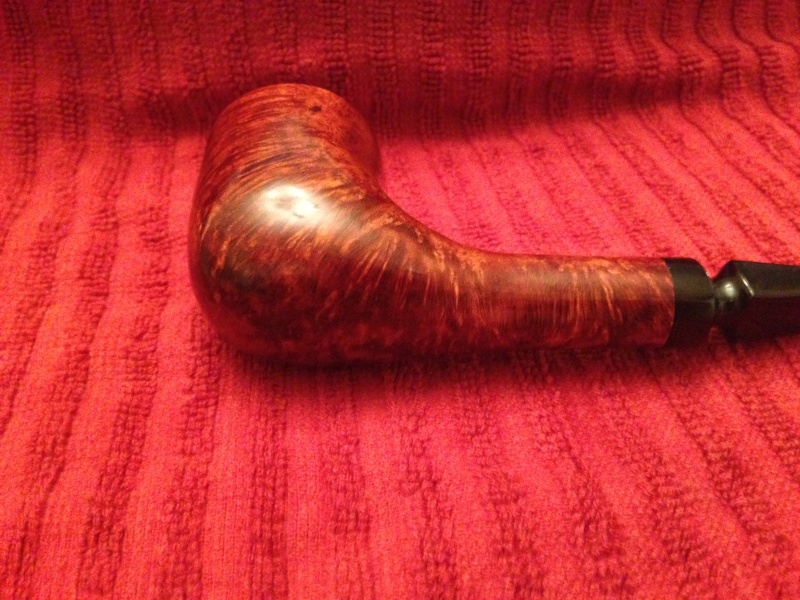





![[3-Size Set] Copper Pipe Cleaner for Drill, Clean 1/2, 3/4, 1-in Copper Pipes & Tubes for Soldering, 3 Tube Cleaning Brushes, Model InerLok050, 075, 100, w/ Stainless-Steel Wire Bristles & 1/4” Shank](https://m.media-amazon.com/images/I/41QVxunlqML._SL500_.jpg)























